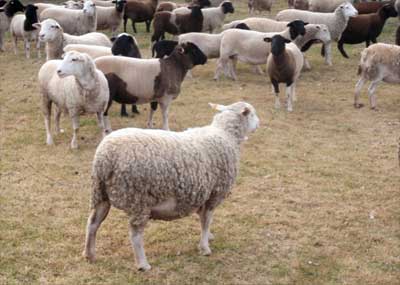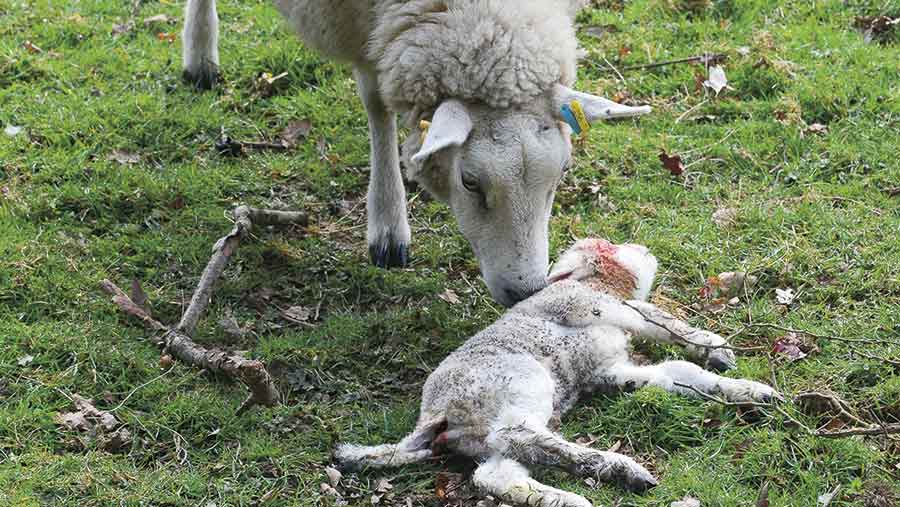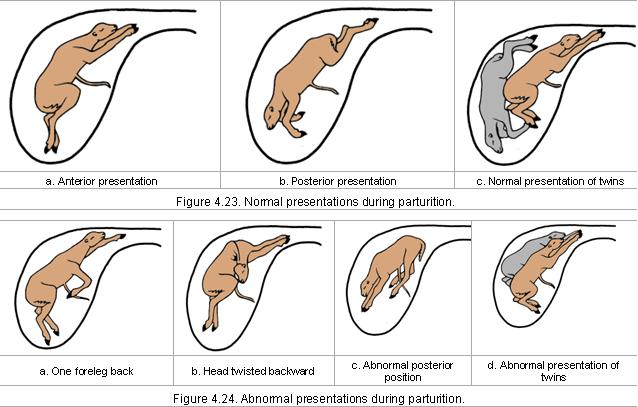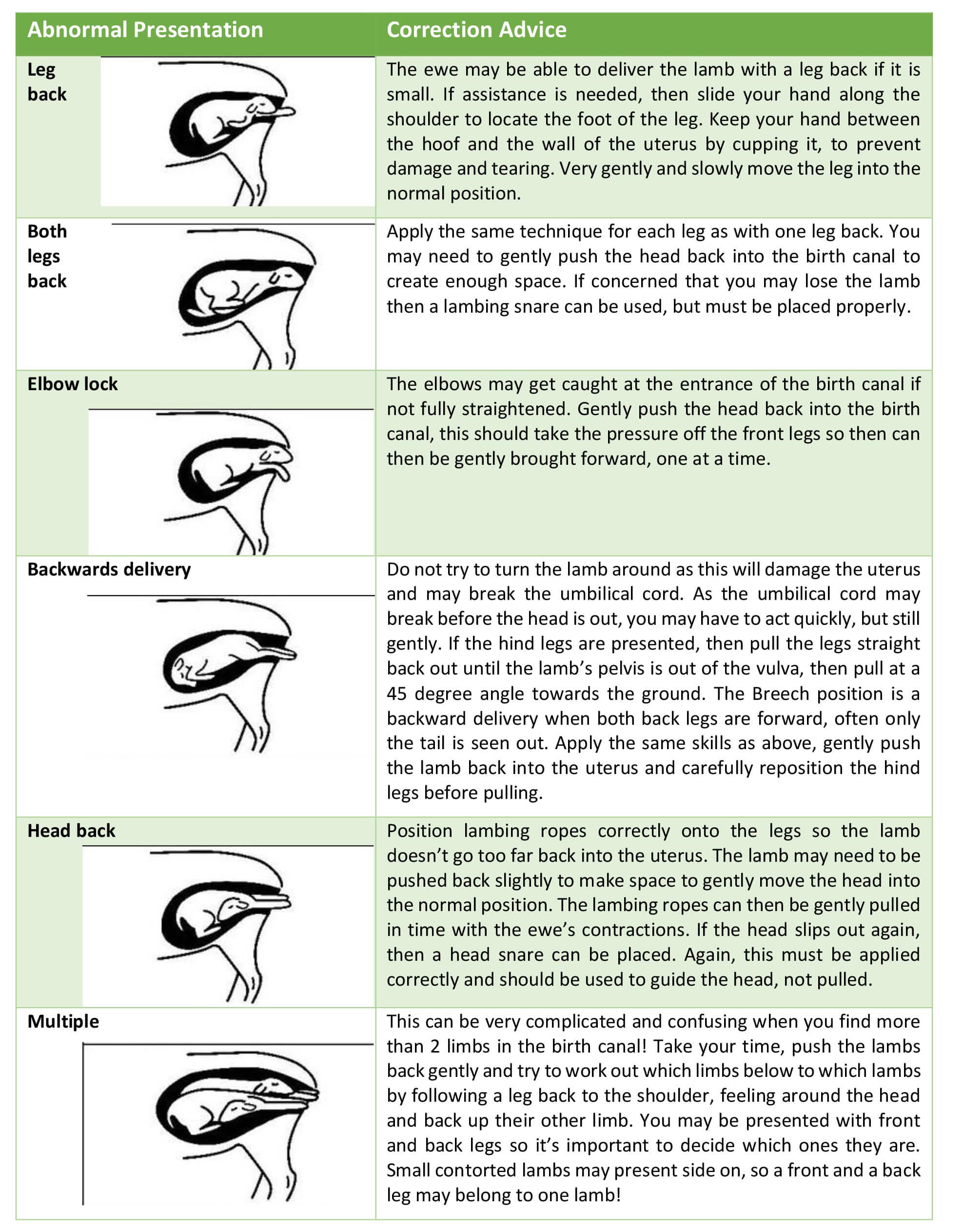Dystocia, also known as difficult or abnormal labor, is a common problem in sheep that can lead to serious consequences for both the dam (mother) and the lamb. It occurs when the lamb is unable to pass through the birth canal during delivery, either because of its size or position or due to problems with the dam's reproductive anatomy.
There are several factors that can contribute to dystocia in sheep. One of the most common causes is a lamb that is too large for the dam's pelvis, which can occur if the dam has not received adequate nutrition during pregnancy or if the lamb is the result of multiple gestation. Another common cause is a lamb that is positioned abnormally in the uterus, such as a breech presentation (feet or buttocks first) or a transverse position (lying horizontally across the uterus).
Other factors that can contribute to dystocia in sheep include a narrow or malformed pelvis in the dam, uterine torsion (twisting of the uterus), and uterine prolapse (protrusion of the uterus outside the vulva). In some cases, dystocia can also be caused by uterine infections or hormonal imbalances.
If dystocia is not promptly addressed, it can lead to serious complications for both the dam and the lamb. The dam may experience prolonged labor, which can lead to exhaustion and even death. The lamb may also suffer from oxygen deprivation, which can cause brain damage or death.
To diagnose and treat dystocia in sheep, a veterinarian will need to perform a physical examination of the dam and the lamb, as well as take a detailed history of the pregnancy and labor. Depending on the specific cause of the dystocia, treatment options may include manually repositioning the lamb, administering hormones to stimulate contractions, or performing a cesarean section to deliver the lamb.
In order to prevent dystocia in sheep, it is important for farmers and ranchers to provide proper nutrition for their ewes during pregnancy, as well as monitor their body condition to ensure that they are not carrying excessively large lambs. In addition, it is important to carefully monitor the labor process and seek veterinary assistance if any problems arise. By taking these preventive measures, farmers and ranchers can help ensure the health and well-being of their sheep and their offspring.







